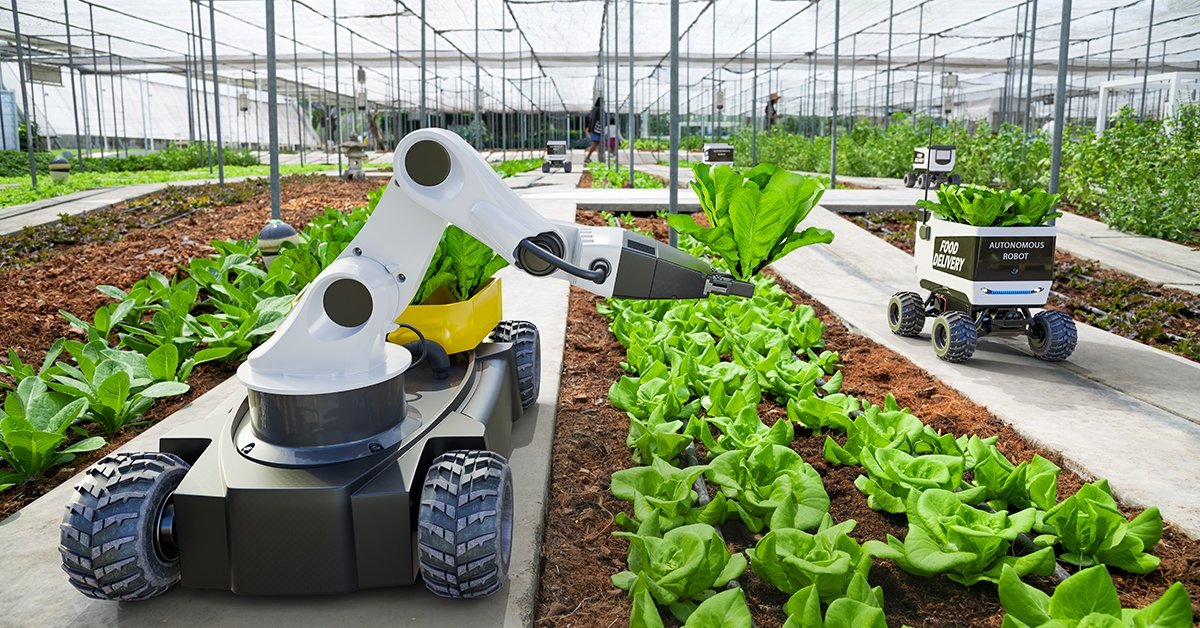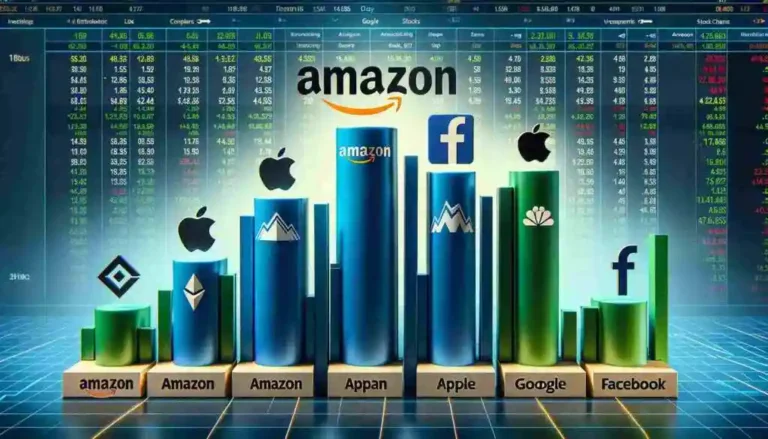Automated Farming Systems: Revolutionizing Agriculture for the Future
In recent years, the agricultural sector has undergone a significant transformation with the introduction of automated farming systems. These innovative technologies are reshaping how we grow, harvest, and manage crops, promising increased efficiency, productivity, and sustainability. For those looking to get started with automated planting and care using FarmBot, this article explores the world of automated farming systems, their benefits, challenges, and the impact they’re having on modern agriculture.
Automated farming systems, also known as smart farming or precision agriculture, refer to the integration of advanced technologies into agricultural practices. These systems utilize a combination of hardware, software, and data analytics to optimize farming operations. FarmBot is an excellent example of such technology, offering a user-friendly entry point for those interested in automated planting and care. This article will delve into the various aspects of automated farming systems, providing valuable insights for both newcomers and experienced farmers alike.
What Are Automated Farming Systems?
Automated farming systems, also known as smart farming or precision agriculture, refer to the integration of advanced technologies into agricultural practices. These systems utilize a combination of hardware, software, and data analytics to optimize farming operations.
Key components of automated farming systems include:
- Sensors and IoT devices
- Robotics and autonomous vehicles
- Artificial Intelligence (AI) and Machine Learning (ML)
- Drones and satellite imaging
- GPS and mapping technologies
- Data management and analytics platforms
The Evolution of Farming Automation
From Manual Labor to Mechanization
The journey of agricultural automation began with the transition from manual labor to mechanized farming. Key milestones include:
- 1830s: Introduction of the mechanical reaper
- Early 1900s: Widespread adoption of tractors
- Mid-20th century: Development of combine harvesters
The Digital Revolution in Agriculture
The late 20th and early 21st centuries saw rapid advancements in digital technologies, paving the way for modern automated farming systems:
- 1980s: Introduction of GPS for precision agriculture
- 1990s: Development of yield mapping and variable rate technology
- 2000s: Integration of IoT devices and sensors in farming
- 2010s onwards: Emergence of AI, ML, and big data analytics in agriculture
Key Technologies in Automated Farming Systems
1. IoT and Sensor Networks
Internet of Things (IoT) devices and sensors play a crucial role in automated farming by collecting real-time data on various environmental and crop factors:
- Soil moisture and nutrient levels
- Temperature and humidity
- Crop health and growth stages
- Weather conditions
This data enables farmers to make informed decisions and optimize resource usage.
2. Robotics and Autonomous Vehicles
Robotic systems and self-driving farm equipment are revolutionizing various agricultural tasks:
- Autonomous tractors for plowing, seeding, and harvesting
- Robotic arms for fruit picking and vegetable harvesting
- Automated milking systems for dairy farms
- Robotic weeders for precision weed control
These technologies reduce labor costs, increase efficiency, and improve the accuracy of farming operations.
3. Drones and Aerial Imaging
Unmanned Aerial Vehicles (UAVs) or drones are becoming increasingly popular in agriculture for:
- Crop monitoring and health assessment
- Precision spraying of pesticides and fertilizers
- Mapping and surveying of farmland
- Livestock monitoring
Drones provide farmers with a bird’s-eye view of their fields, allowing for early detection of issues and more targeted interventions.
4. AI and Machine Learning
Artificial Intelligence and Machine Learning algorithms are being applied to various aspects of farming:
- Predictive analytics for crop yields and market demand
- Disease and pest detection through image recognition
- Optimal resource allocation based on historical and real-time data
- Weather forecasting and climate modeling
These technologies help farmers make data-driven decisions and improve overall farm management.
5. Automated Irrigation Systems
Smart irrigation systems use a combination of sensors, weather data, and AI to optimize water usage:
- Soil moisture sensors to determine watering needs
- Weather forecasts to adjust irrigation schedules
- Precision sprinklers for targeted water application
- Drip irrigation systems for water conservation
These systems can significantly reduce water waste while improving crop yields.
Benefits of Automated Farming Systems
The adoption of automated farming systems offers numerous advantages for farmers, consumers, and the environment:
1. Increased Productivity and Efficiency
- Optimized use of resources (water, fertilizers, pesticides)
- 24/7 operation capability of automated systems
- Reduced human error in farming operations
- Faster and more precise execution of tasks
2. Cost Reduction
- Decreased labor costs
- More efficient use of inputs (seeds, water, chemicals)
- Reduced waste and crop losses
- Lower energy consumption through optimized operations
3. Improved Crop Quality and Yield
- Precise application of inputs based on crop needs
- Early detection and management of pests and diseases
- Optimal harvesting times based on crop maturity
- Consistent quality through standardized processes
4. Environmental Sustainability
- Reduced use of water and chemicals
- Minimized soil compaction through precision vehicle routing
- Lower carbon footprint due to optimized operations
- Preservation of biodiversity through targeted pest management
5. Data-Driven Decision Making
- Real-time monitoring and analysis of farm conditions
- Predictive analytics for better planning and risk management
- Historical data analysis for continuous improvement
- Benchmarking against industry standards and best practices
Challenges and Considerations
While automated farming systems offer significant benefits, there are also challenges to their widespread adoption:
1. Initial Investment Costs
The high upfront costs of implementing automated systems can be a barrier for many farmers, especially small-scale operations.
2. Technical Skills and Training
Farmers and farm workers need to develop new skills to operate and maintain advanced technologies effectively.
3. Data Privacy and Security
The collection and storage of large amounts of farm data raise concerns about data ownership, privacy, and cybersecurity.
4. Integration with Existing Systems
Incorporating new technologies into established farming practices and legacy systems can be complex and time-consuming.
5. Reliability and Maintenance
Automated systems require regular maintenance and can be vulnerable to technical failures, potentially leading to significant losses if not addressed promptly.
6. Ethical and Social Implications
The potential displacement of farm workers and the changing nature of agricultural work raise important ethical and social questions.
Case Studies: Successful Implementation of Automated Farming Systems
1. Vertical Farming in Urban Areas
Vertical farms like AeroFarms in New Jersey, USA, use automated systems to grow crops in stacked layers, optimizing space and resource use in urban environments.
Key features:
- LED lighting systems
- Automated nutrient delivery
- Climate control systems
- Data-driven crop management
Results:
- 390 times more productive per square foot than traditional farming
- 95% less water usage
- Year-round crop production
2. Autonomous Orchards in New Zealand
T&G Global, a leading horticulture company in New Zealand, has implemented autonomous orchard systems for apple production.
Technologies used:
- Autonomous tractors for spraying and mowing
- Robotic harvesters
- AI-powered fruit grading systems
Outcomes:
- 20% increase in productivity
- Improved fruit quality and consistency
- Reduced labor costs and worker fatigue
3. Precision Agriculture in the US Midwest
Large-scale corn and soybean farmers in the US Midwest have adopted precision agriculture techniques to optimize their operations.
Key components:
- GPS-guided tractors and harvesters
- Variable rate technology for seed and fertilizer application
- Drone-based crop monitoring
- Yield mapping and data analytics
Benefits:
- 15-20% reduction in input costs
- 10-15% increase in crop yields
- Improved soil health and reduced environmental impact
The Future of Automated Farming Systems
As technology continues to advance, we can expect further innovations in automated farming systems:
1. Integration of 5G Networks
The rollout of 5G networks will enable faster and more reliable communication between farm devices, allowing for real-time decision-making and control.
2. Advanced AI and Machine Learning
More sophisticated AI algorithms will provide even more accurate predictions and insights, further optimizing farm operations.
3. Blockchain for Supply Chain Transparency
Blockchain technology could be used to track agricultural products from farm to table, ensuring food safety and transparency.
4. Gene Editing and Precision Breeding
Automated systems combined with gene editing technologies like CRISPR could lead to more resilient and productive crop varieties.
5. Swarm Robotics
Teams of small, coordinated robots could perform complex tasks like pollination or ultra-precise weed control.
Conclusion
Automated farming systems represent a significant leap forward in agricultural technology, offering the potential to address many of the challenges facing modern agriculture. From increased productivity and efficiency to improved sustainability and food security, these systems are reshaping the future of farming.
As the technology continues to evolve and become more accessible, it will be crucial for farmers, policymakers, and technology providers to work together to address the challenges and ensure that the benefits of automated farming systems are realized across the agricultural sector. By embracing these innovations responsibly and sustainably, we can create a more efficient, productive, and environmentally friendly food production system for generations to come.
Would you like me to explain or break down any part of this article?






